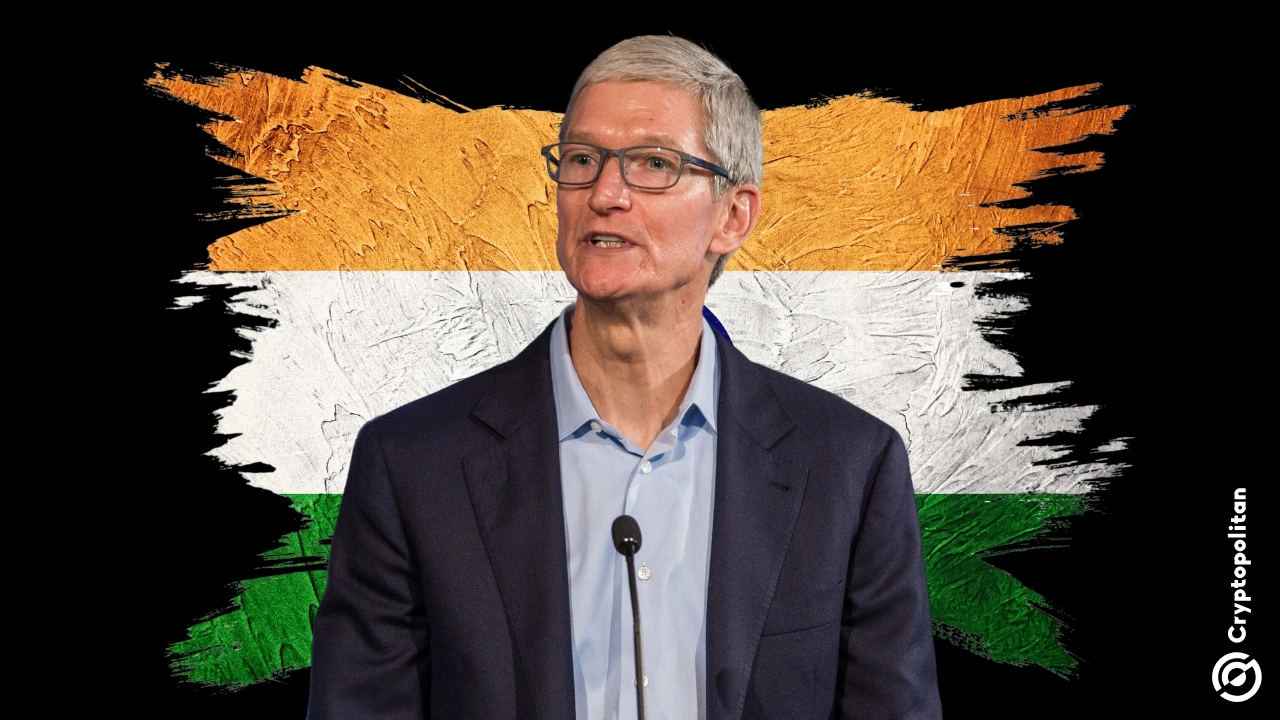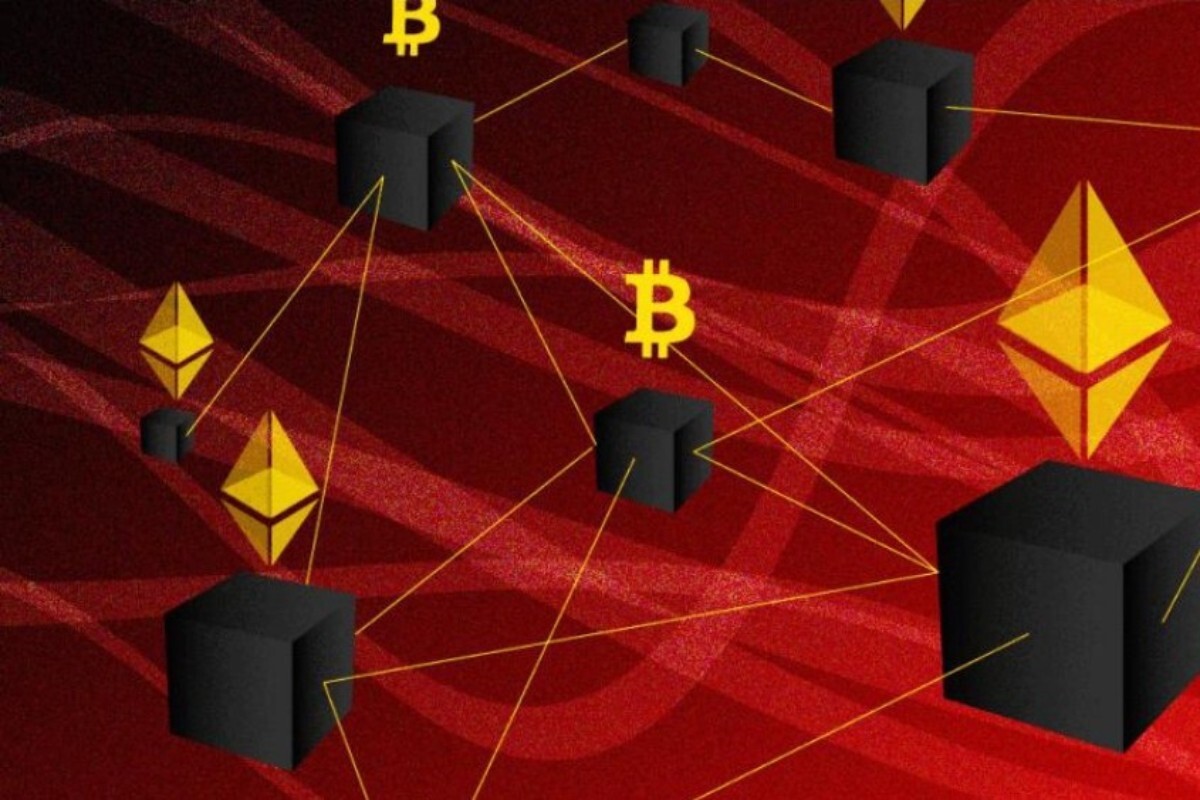Apple is planning to assemble every iPhone sold in the United States in India by the end of 2026, according to a Financial Times Friday Exclusive. The tech entity is ramping up efforts to reduce its dependency on China, which is in a trade policy standoff with the Trump administration.
According to sources familiar with Apple’s internal strategy, the company is looking to manufacture more than 60 million iPhones annually in India, double its current output. Trump’s 145% tariffs on Chinese imports have reportedly upended global supply chains, forcing tech companies like Apple to change decades-old production models.
Apple considers changing supply chain due to US-China trade tensions
President Trump’s trade war with China has impacted US tech firm Apple, which built much of its production prowess in China through suppliers like Foxconn. The iPhone manufacturer found itself in the crosshairs of the US administration’s 10% import levy.
Although Trump temporarily suspended tariffs on smartphones on April 12, the Cupertino-based firm is supposedly exiting some of its operations in China before the taxes are restored. Apple has begun shipping iPhones made in India to the US.
In 2023 and 2024, Apple’s partners began importing pre-assembled component kits from China to India. The tech giant has invested in building manufacturing capacity in India, working with partners such as Tata Electronics and Foxconn. Yet, iPhone assembly, the final phase of a complex production cycle, is overwhelmingly based in China.
Currently, the US accounts for about 28% of Apple’s global iPhone shipments, which totaled 232.1 million units in 2024, according to the International Data Corporation. To meet that demand, Apple must expand its manufacturing base in India.
Trump and Beijing yet to come to an agreement
After weeks of raising tariff rates on China, the Trump administration said it had opened doors for Beijing to negotiate trade relations. However, there have been no signs of an agreement between the two nations, and talks are yet to commence.
The company is expected to report its quarterly earnings next week, but it has not provided any guidance on how tariffs have impacted its manufacturing operations.
Daniel Newman, CEO of the Futurum Group, a technology research firm, said the move to India was Apple’s “real-time” strategy to shield itself from trade risk.
“We are seeing how a company with these resources is moving at relative light speed,” Newman noted.
India and US near bilateral trade agreement
The news of Apple’s manufacturing migration to India comes after US Vice President JD Vance’s four-day visit. During a Monday meeting with Indian Prime Minister Narendra Modi, both leaders confirmed that they had finalized the terms of reference for a bilateral trade agreement.
“We are making very good progress,” Vance stated, adding that India should expand imports of US defense and energy products and open its domestic markets to American businesses.
“I believe there is much that India and America can accomplish together,” he argued, speaking at an event in Jaipur. The VP was accompanied by his wife, Usha Vance, and their three children during the trip.
According to data from the US Census Bureau, the US was India’s largest trade partner in 2024, while India ranked tenth among American trading partners. Bilateral trade between the two nations reached $129.2 billion in the year. However, the trade deficit widened, with the US importing $45.7 billion more from India than it exported.
In mid-January, former US ambassador to India Kenneth I. Juster and former assistant US trade representative Mark Linscott wrote an opinion article saying both countries have incentives to counter China’s economic dominance.
“The time is ripe, and the incentives are in place for these two leaders to beat the odds and make a major deal,” they propounded.
Cryptopolitan Academy: Want to grow your money in 2025? Learn how to do it with DeFi in our upcoming webclass. Save Your Spot














No comments yet